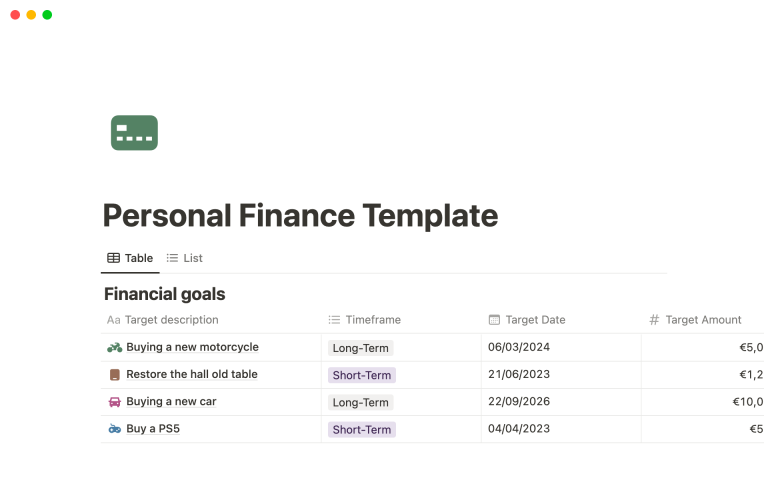When it comes to financial planning, one of the most crucial steps is establishing an emergency fund. This fund acts as your safety net during unforeseen circumstances, such as job loss, medical emergencies, or unexpected repairs. But have you ever wondered how to make your emergency fund work for you while it’s sitting there waiting to be used? Today, we’ll explore the various ways you can invest your emergency fund wisely and effectively.
Understanding Your Emergency Fund
An emergency fund is simply money set aside to cover unexpected financial emergencies. The traditional rule of thumb is to aim for enough to cover three to six months’ worth of living expenses. This amount provides peace of mind and helps you avoid high-interest debt when life throws you a curveball. But merely having that money sitting in a savings account may not yield the best returns over time. Instead, consider it an opportunity to grow your wealth while keeping it accessible.
Why Consider Investing Your Emergency Fund?
It’s a common misconception that emergency funds should only sit in a low-yield savings account. While it’s important to have quick access to this money, keeping it idle can be a missed opportunity. Investing a portion of your emergency fund allows you to take advantage of market gains while still providing a buffer for those unpredictable times.
Where to Invest Your Emergency Fund?
Once you’ve established a solid emergency fund, the next logical step is understanding how to invest it. So, where should you invest your emergency fund to make the most out of it? Here are a few options that can help you balance accessibility and growth:
High-Yield Savings Accounts
If you’re looking for security and easy access, high-yield savings accounts (HYSA) are an excellent choice. These accounts offer a higher interest rate than traditional savings accounts, allowing you to earn money on your emergency savings without sacrificing liquidity. Although you won’t earn as much as you might investing in the stock market, the results can be substantially better than a standard account.
Money Market Accounts
Similar to HYSAs, money market accounts (MMAs) often provide higher interest rates with the benefit of check-writing capabilities. They tend to have higher minimum balance requirements, but if you can meet them, they can be an effective way to grow your emergency fund. The funds are typically insured, making them a secure choice.
Short-Term Bonds
Looking for something with a little more yield? Short-term bonds can provide a middle ground between access and growth. These are loans you give to governments or corporations that pay you interest over a set period, usually less than five years. However, as with all investments, keep in mind that they come with risks, and the returns vary depending on the market conditions.
Robo-Advisors
If you want a more hands-off investment approach, consider using a robo-advisor. These platforms assess your risk tolerance and allocate your emergency fund accordingly, often investing in a diverse range of securities such as stocks and bonds. Remember, while this is a viable strategy, it’s essential to review your investment and make sure it aligns with your emergency fund’s primary purpose—being readily available when needed.
Accessibility vs. Growth: Finding the Balance
One of the most critical aspects of investing your emergency fund is balancing accessibility with growth. Not all investments allow for quick withdrawals, which is why it’s crucial to choose wisely. The goal is to ensure that you can access your money swiftly when an emergency arises, without having to pay hefty penalties or experiencing fluctuations in your account balance.
Consider Your Risk Tolerance
Your risk tolerance plays a significant role in how you manage your emergency fund investments. If you feel uneasy about potential losses, keeping a larger portion in a savings account is wiser. Alternatively, if you’re comfortable with some risk for the potential of larger returns, a mix of savings, HYSAs, and market investments may be appropriate.
What Not to Do with Your Emergency Fund
It’s easy to get caught up in the excitement of investing. However, there are certain pitfalls you’ll want to avoid when managing your emergency fund. First and foremost, never invest all of your emergency savings in volatile stock options. While they have the potential for higher returns, they can also result in substantial losses, which could put you in a precarious situation during an emergency.
Additionally, avoid tying your emergency money up in assets that are difficult to liquidate quickly. Real estate and collectibles may seem attractive but aren’t the best options when you need immediate cash on hand. Always ensure that your emergency fund is easily accessible and can provide support when you need it the most.
Monitor and Adjust as Necessary
Your financial situation and the economic landscape will continually change, meaning you should regularly review and adjust the investments in your emergency fund as needed. Periodically reassessing will help ensure that you’re still adequately prepared while maximizing any potential growth. Remember, your emergency fund is as much about security as it is about investment.
Conclusion
Setting up an emergency fund is an essential part of taking control of your financial future, and understanding how to invest it wisely can further enhance your preparedness for unforeseen challenges. By considering high-yield savings accounts, money market accounts, or even short-term bonds and robo-advisors, you can benefit from clouding your emergency fund versus letting it sit idle. No matter the choice, the key is to keep accessibility at the forefront while balancing the desire for growth. Always reflect on your needs and adjust accordingly to create a safety net that works for you.
Remember, an emergency fund isn’t just a financial cushion; it’s an essential step towards achieving peace of mind and financial stability. So, take the time today to evaluate how best to manage your emergency fund, ensuring it serves its purpose effectively and efficiently.



